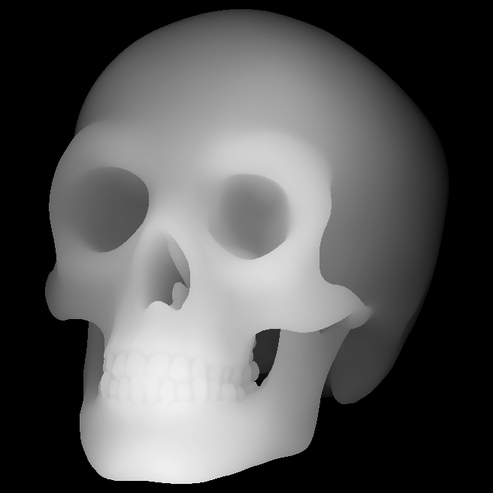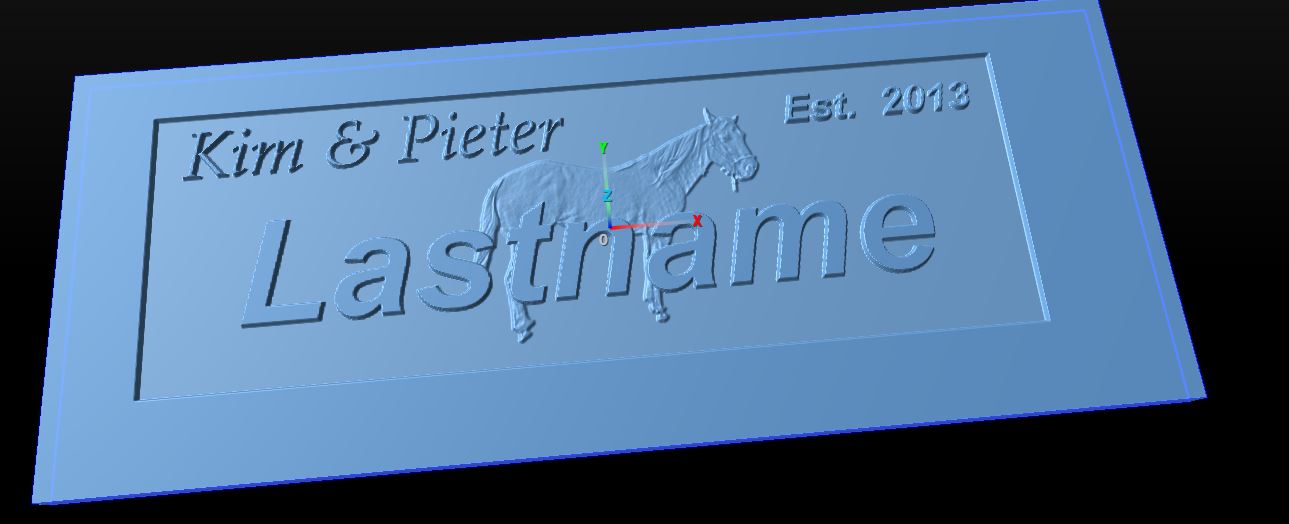Hi Charlie,
I have been working with multiple layered carvings. I have been using a picture as a background using relief carve with parallel carving operation. I know I can set the Z height of the layer, but that is not the true carved height. The only way I see to get the finished carved height of the picture is by watching the simulation of the Z axis data. I'm taking my work piece raster layer height( .75) , subtracting picture layer Z origin ( .6) that gives potential maximum height (.15). I then take .15 and subtract Z height in the simulation for a given point , This gives me my carved height. Is this correct or am I missing a shortcut ?
Thanks Joe





